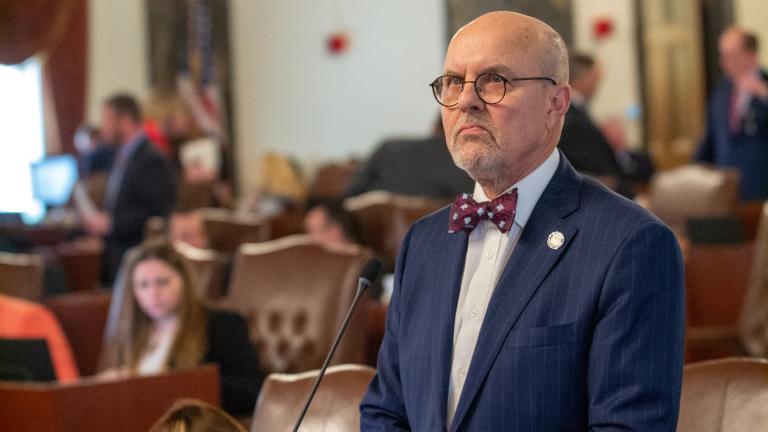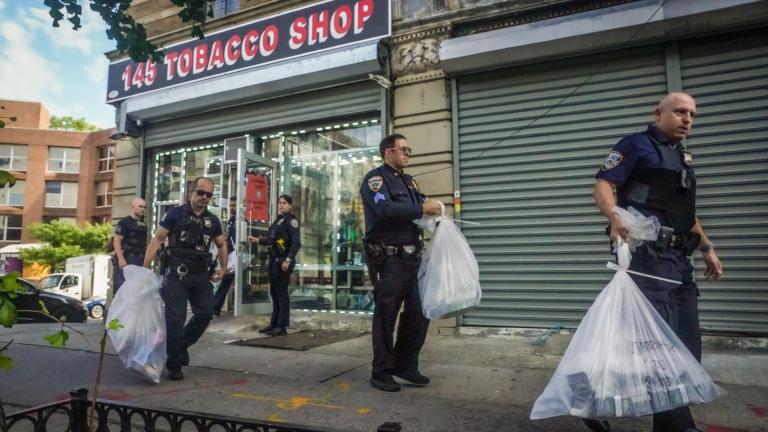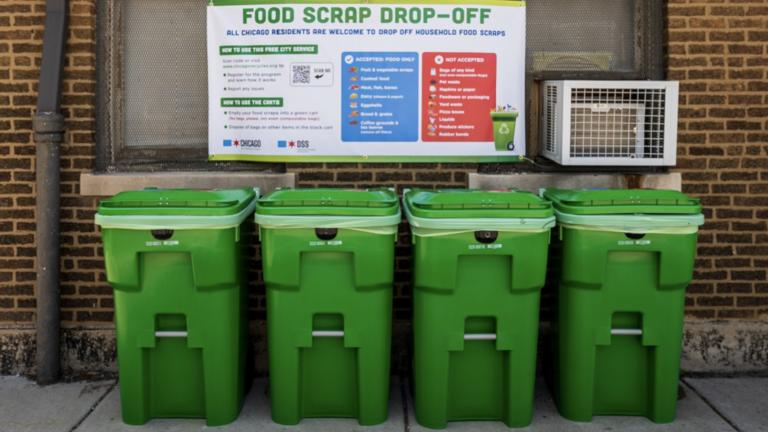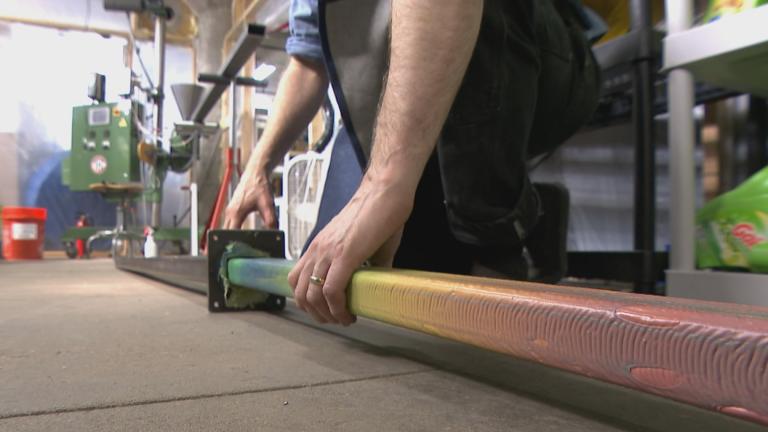Plastics and plastic pollution are everywhere. Including in our bodies.
A 2019 study out of Australia found an average person ingests about 5 grams of plastic — the equivalent of a credit card — each week.
Much of that plastic is in our water.
Each year some 22 million pounds of plastic finds its way into the Great Lakes – the source of potable water for more than 30 million Americans.
Andrea Densham, senior director of conservation policy and advocacy at the Shedd Aquarium, says there are two main ways plastic gets into our water.
One is simply discarded and unrecycled plastic trash that often ends up in our rivers and lakes. The other is in the pre-production process when manufacturers use plastic pellets called “nurdles” as a raw material to make plastic products.
Densham notes that a lot of these manufacturing plants are located close to the Great Lakes and other bodies of water.
“They are often on riverways or some sort of waterway because that is a necessary component to the production and the creation of the plastic,” said Densham. “The pre-production pellets are especially dangerous because they’re surrounded by chemicals that are used in the manufacturing process. So when those pellets find their way out of the factories — either they spill out when they’re being transported to the factories or in that process — and they find their way into streams and rivers and lakes and they disintegrate.”
Those pellets and other microplastics then degrade into smaller and smaller pieces that are then consumed by marine wildlife – and by residents of the Great Lakes in their drinking water as well as in fish caught in the lakes.
While Densham and other environmental advocates favor laws to encourage recycling, such as the kind of bottle-deposit laws seen in Michigan, she says the reality is that currently less than 10% of plastic is recycled.
“So we want to make sure that we’re capturing those things before they go into the waste system,” said Densham. “If you put a value on those single-use plastic items it’s much more likely that it’s going to find their way to an appropriate safe location.”
U.S. Senate Majority Whip Dick Durbin of Illinois earlier this year introduced legislation called the Plastic Pellet Free Waters Act that aims to address the issue of the careless discharge of plastic pellets into the environment.
Densham says Durbin’s legislation has now been incorporated into President Joe Biden’s infrastructure bill that recently passed out of the House of Representatives. She says it would empower the U.S. Environmental Protection Agency to hold producers responsible for ensuring plastic pellets are not casually discharged into the environment.
“If you’re manufacturing something and you have a poisonous product … which the plastic pellets are, you want to make sure that they’re not finding their way into the waterways,” said Densham, who noted that California has been regulating on this issue for at least 10 years.
“We know it works,” said Densham. “And so we think this is a pretty common sense, simple solution that goes upstream, hold responsible, those parties who are making profit off of it ... We need to make sure that there’s this regulation of things that are poisonous. So when there are things that do harm, we put regulations on it to protect the public health. And that’s the place that we’re at when it comes to plastic.”








